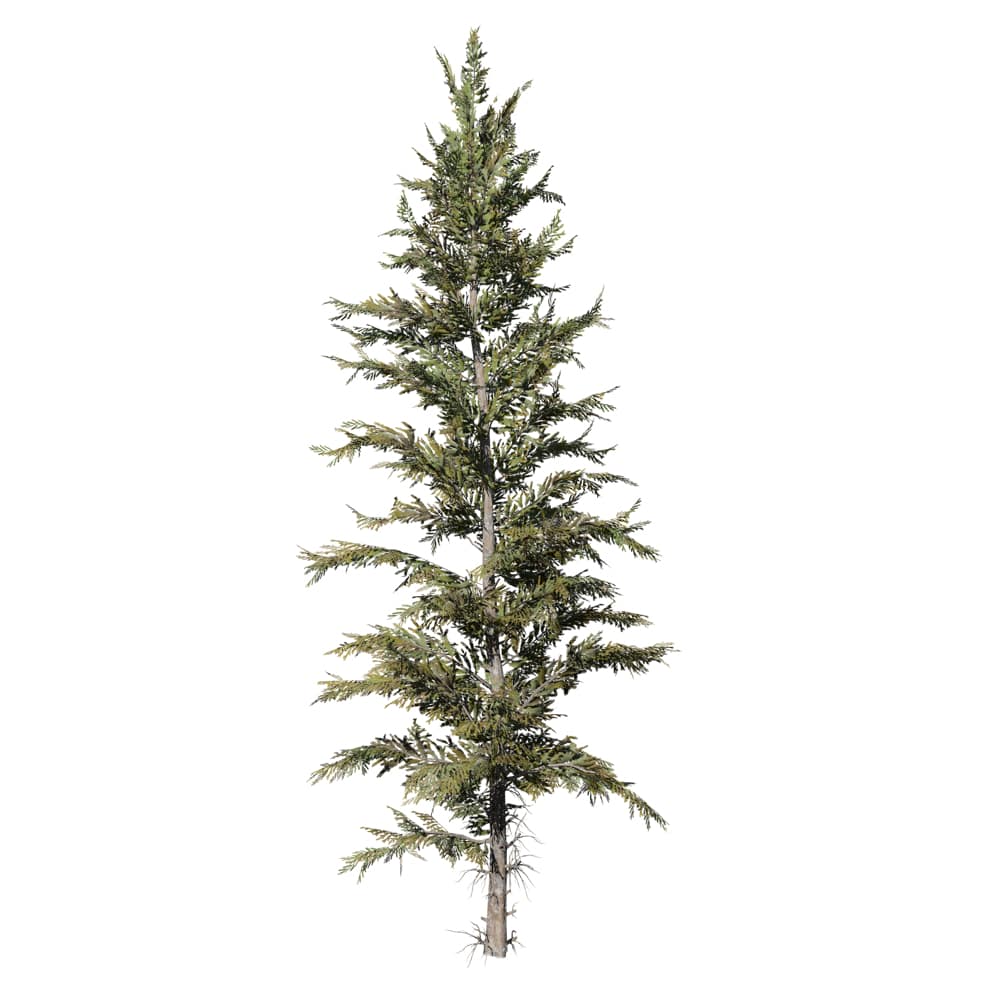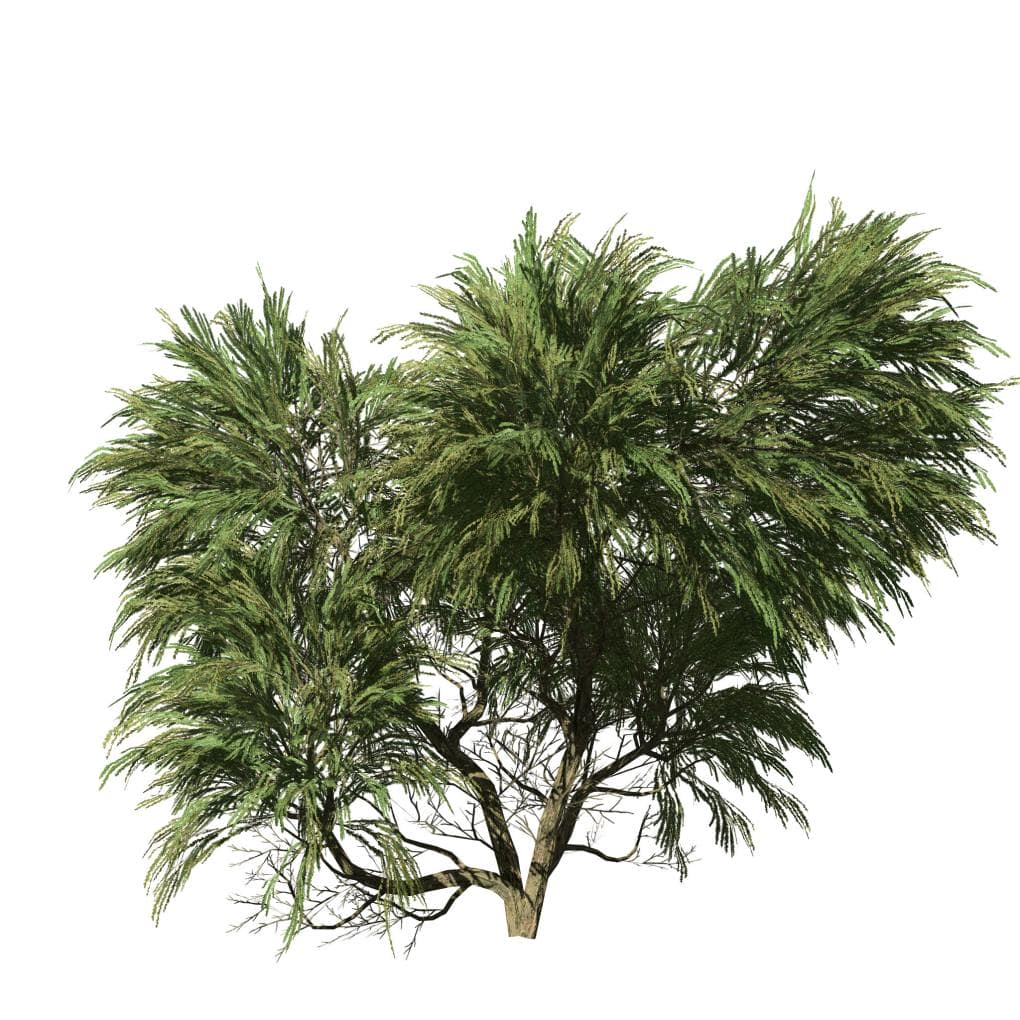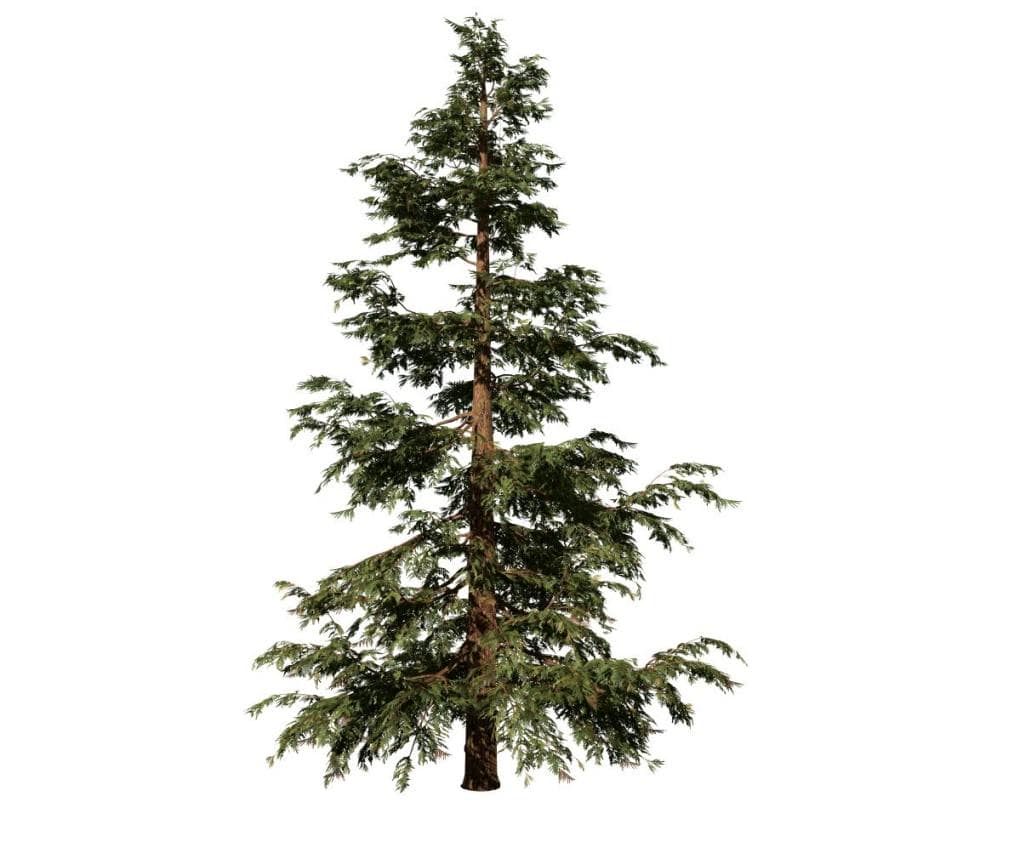When we saw “Cabin by the River,” we had to know more about the way it was made and the artist who brought it to life.
Currently in their final year at Staffordshire University studying CGI and VFX, Isaac Watkins is working towards creating environments for films (and potentially games!) We reached out to Isaac to learn about how they made this stunning photo-realistic scene.
I looked at a lot of paintings as references and decided to do my own take on a Thomas Kinkade painting.
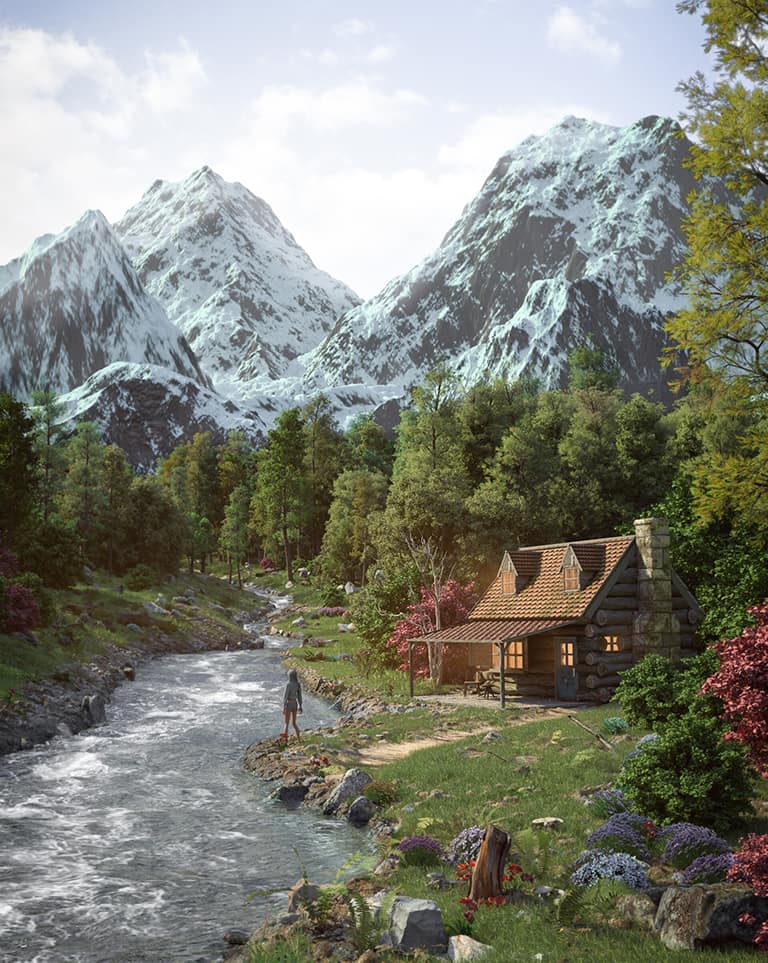
I found SpeedTree very easy to get to grips with and created a basic oak tree from scratch.The SpeedTree assets I used were the spruce trees; I edited different values within the nodes and added & removed nodes to create the look I was going for. The bushes were less edited and came from the generic broadleaf bush asset.
The rocks, the log, and the dead tree are all photogrammetry; some of the rocks in this piece are my photogrammetry but the rest are Megascans.
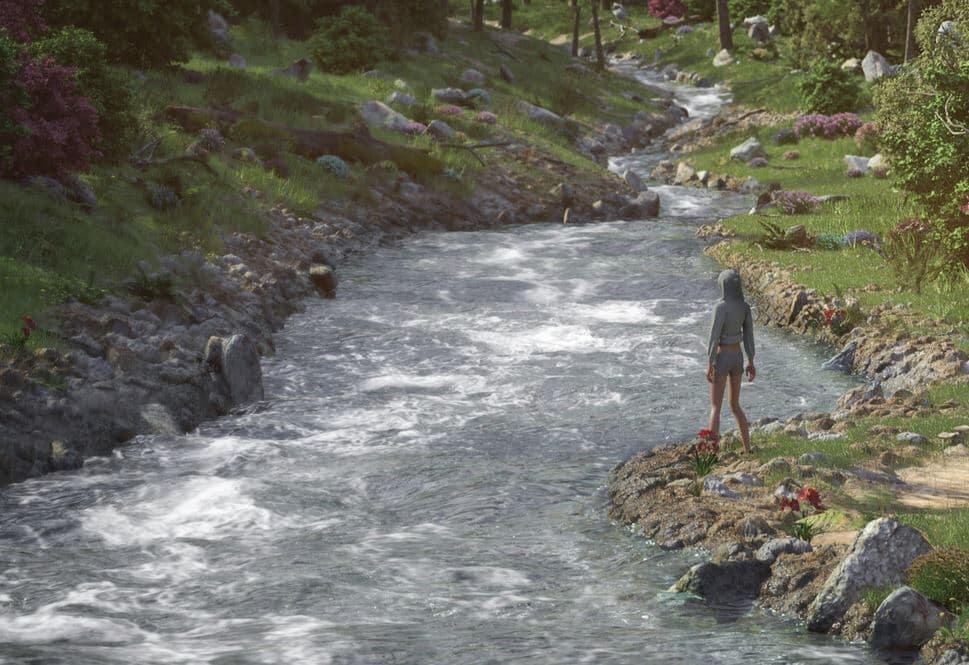
A lot of people believe this water to be a simulation–and they are partially right: The water is a Bifrost wave generator with a photo based whitewater texture done in photoshop over the UV outline which is then plugged into the emission. This water took about a week to perfect and is how I will most likely do stationary water from now on; it is a lot quicker than a simulation.
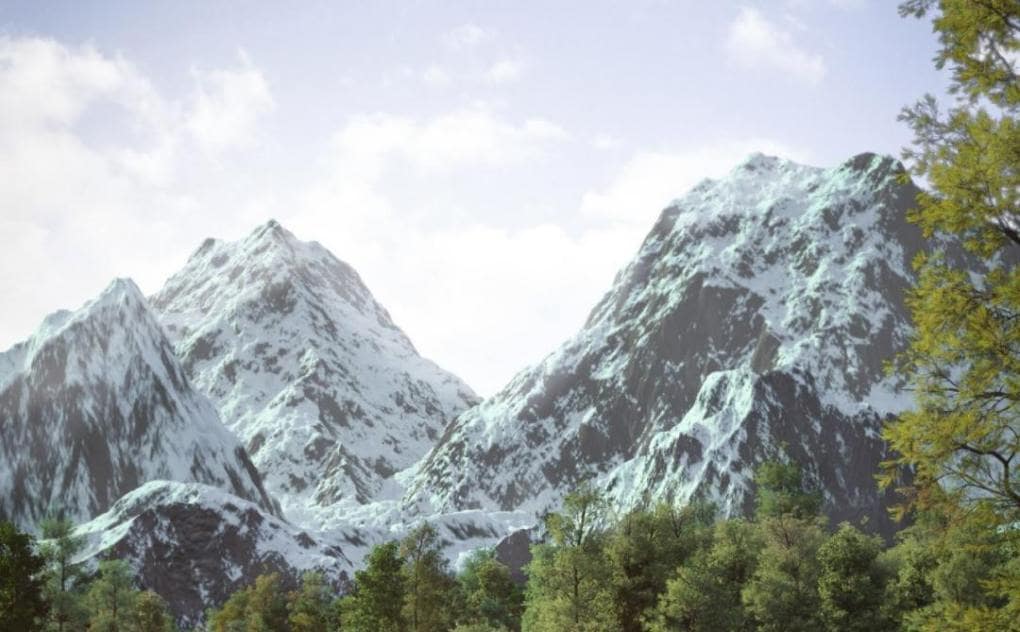
The mountains were created in Houdini with a height field; I did these in a new way by combining three different height fields and using a few nodes I hadn’t before. To create the texture, I created two rock textures to apply to the mountains in Substance Designer. I masked these rock textures with a height field mask node and used occlusion and noise to have the mask mix the two materials. To add the snow, I used the “mask by slope” feature, mixed it with debris using the “erode” node, and took the resulting mask into Maya to create the snow shader.
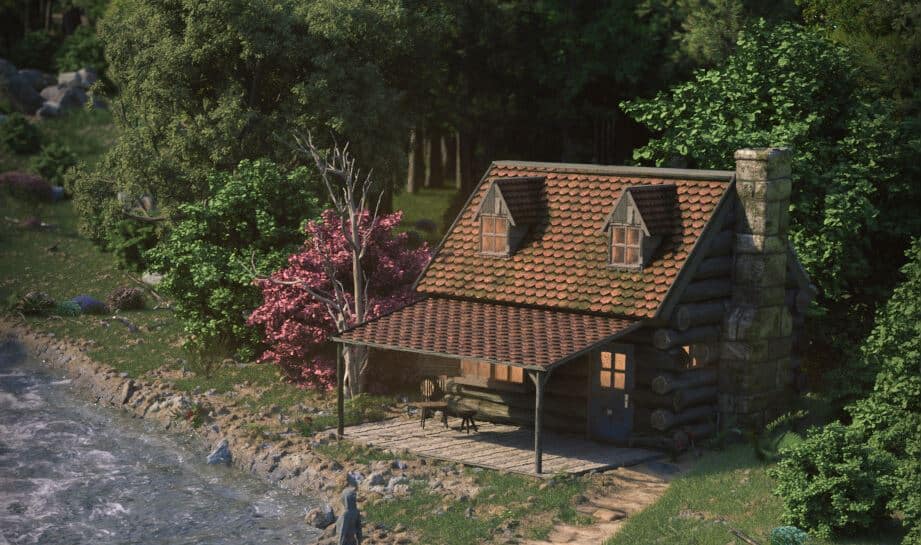
For the day lighting, I used an HDRI and a few supporting lights to add a highlight to the mountain and fill on the cottage. The interior is lit by area lights which are toned down during the daytime shots.
The night show was a little more complex: I added some string lights onto the exterior of the cabin to accompany the scene’s porch point light. The bug zapper is the other point light in the scene, rendered with a blue hue.
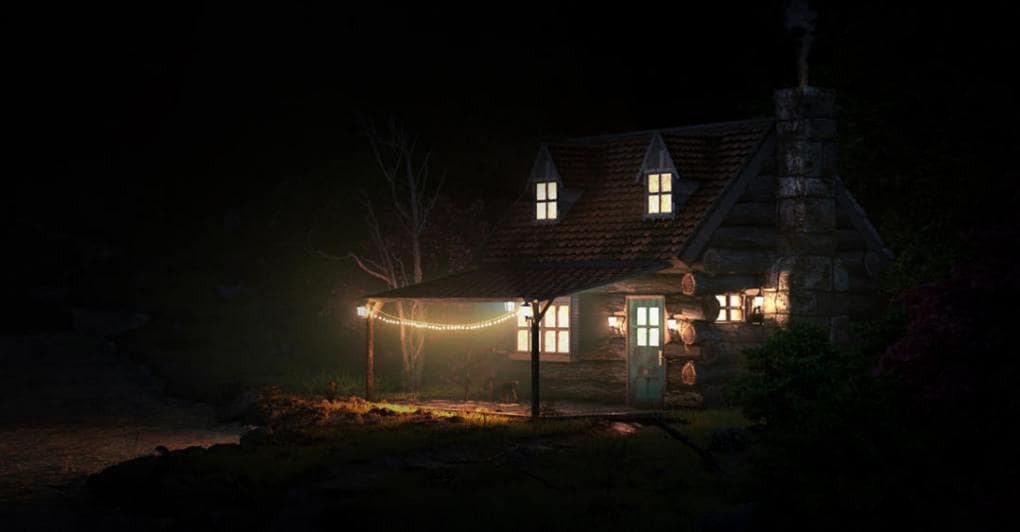
I’m mostly happy with how the water and mountains turned out: with slight adjustments, I’ll likely use the same format again. This project taught me a lot about how to manage my assets and refine my pipeline. I look forward to making something even better next time.
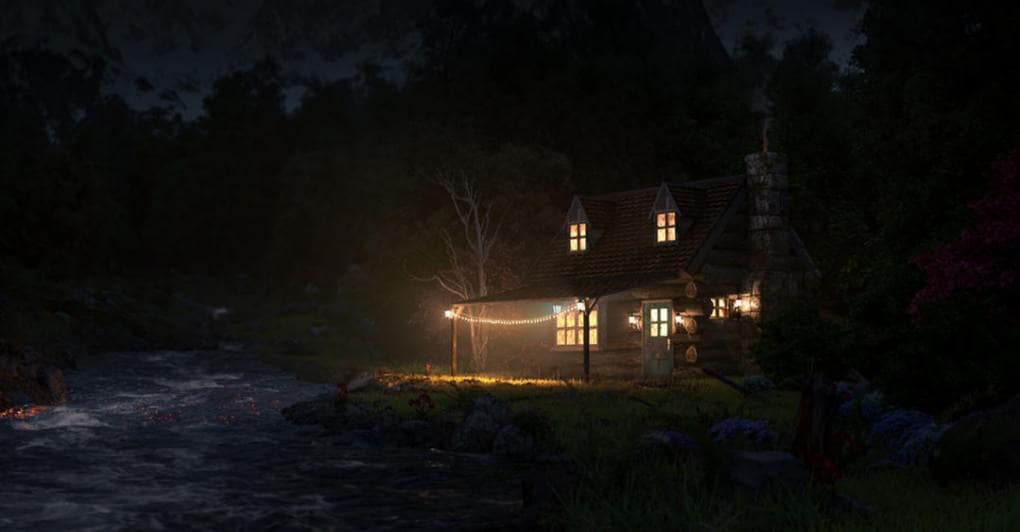
Thank you to Isaac Watkins for taking the time to answer our questions and share some helpful insights into how they created this scene. You can keep up with Isaac’s work by following him on ArtStation!
Want to create an alpine environment of your own? Consider getting started with some SpeedTrees!

